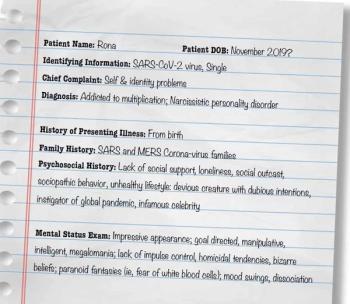
Patients with cancer are at increased risk for both suicidal ideation and completed suicide. The authors discuss factors contributing to this increase in both biological and psychological realms.

Patients with cancer are at increased risk for both suicidal ideation and completed suicide. The authors discuss factors contributing to this increase in both biological and psychological realms.

The next several years will present challenges and opportunities for psycho-oncology to improve care for patients.

There are myriad nuanced clinical approaches to cancer treatment, and psychosocial factors are no less complex.

An added component of cancer treatment is discovering what is most meaningful in the patient’s life and using that to buoy them during difficult moments. That, in a nutshell, is the psychiatrist's role.

The role of neuroimaging is to rule out medically or surgically treatable causes of illness, such as new-onset psychosis.

A position paper presents the best ways to use electronic communication, particularly timely given the pandemic.

Two examples described here underscore the importance of understanding the cytochrome P450 (CYP) system

One can only hope today's challenges will become a “corrective emotional experience."

Women should be provided with multiple options for treatment if they decide to engage in mental health care during this critical period.

When the patient has significant comorbid psychiatric problems, high risk of suicide, and Huntington disease, the role of clinician spills over into patient advocate in a complex medical system.

A synthetic derivate of the endogenous amino acid L-cysteine and a precursor of glutathion, N-Acetylcysteine shows promise for treating a variety of psychiatric disorders.

There are some off-label proposed uses for topiramate in comorbidities that are common in patients with bipolar disorder. What does the evidence say?

Psychiatrists should be experts at hearing and seeing what is not visible. That is exactly what we need to do to let the sun shine through the racist dust.

Reflections on the current psychiatric literature as well as the many accomplishments psychiatry has seen since the 1950s.

With everything going on in the world, this lesson has become abundantly clear—our attitudes will help us ride the ups and downs and the slings and arrows that present themselves and propel us to better times.

An analysis of causes and potential interventions and recommendations for clinicians to stay up to date.

Addiction among older adults is associated with worse medical outcomes and increased economic burden of care. The long-term use of psychoactive substances can result in adverse neurological outcomes even at therapeutic doses.